Hidizs MS2 Pro : A Rhino Inspired Hybrid
* Punchy, deep bass with satisfying slam
* Clean, forward mids with good detail
* Energetic treble with air and sparkle
* Wide soundstage with solid imaging
* Comfortable fit and premium build
* Great value for the price
Cons:
* Upper mids and treble can get spicy on certain tracks
* Not for those sensitive to brightness
* Lacks midrange warmth or lushness
* Requires careful tip/nozzle pairing to tame peaks
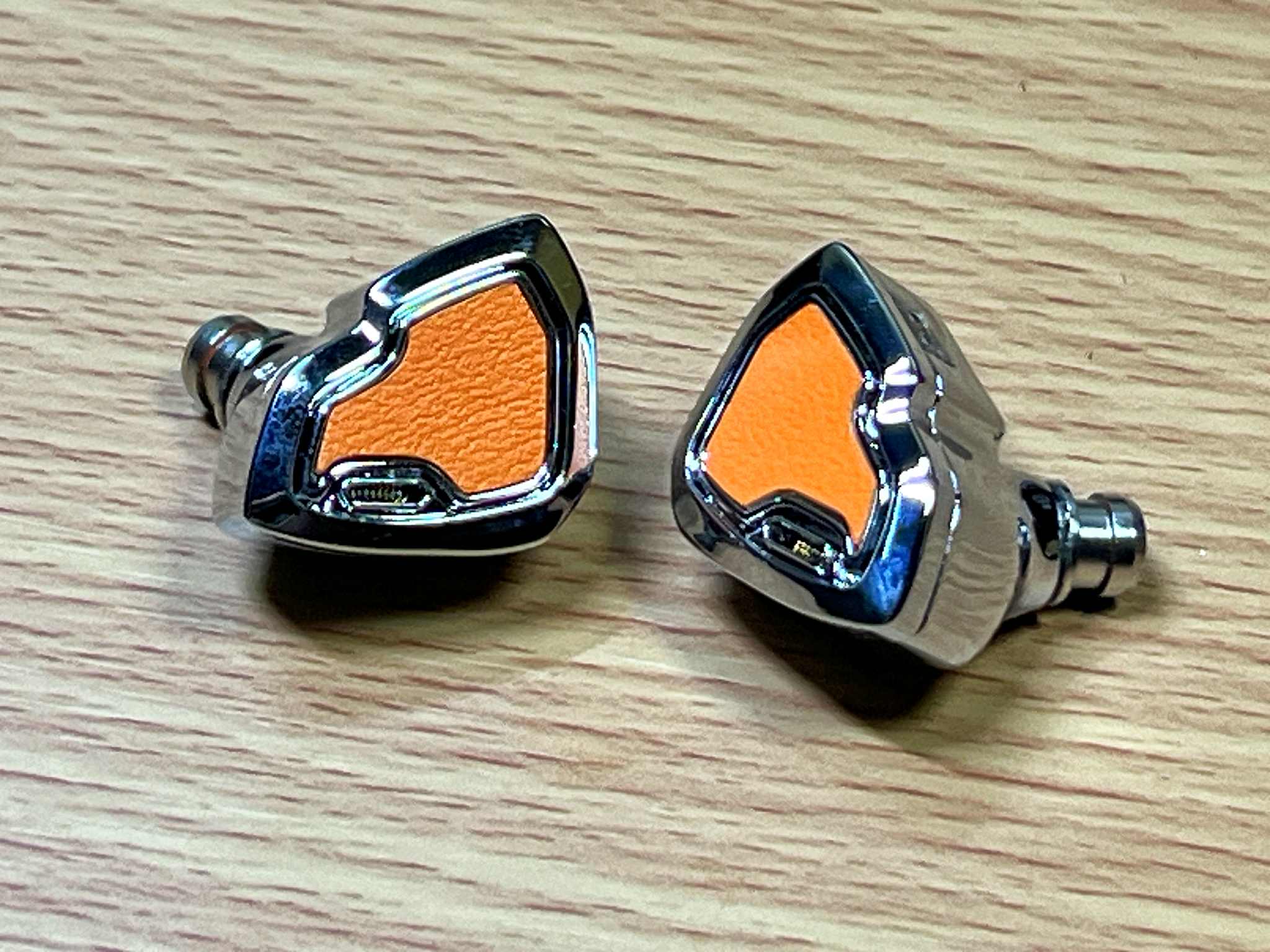
Just when it seemed like Hidizs might take a breather after dropping the MK2 Turris, they surprise us again, this time with something that looks and feels completely different. Enter the Hidizs MS2 Pro, their latest hybrid IEM that ditches the usual oceanic design cues and dives straight into land animal territory. Gone are the seashell ripples and aquatic curves we’ve come to associate with their older models. Instead, they went with a bold rhino-inspired design a slightly angular shell that curves like a horn, paired with a leather-textured faceplate that actually does resemble rhino hide.
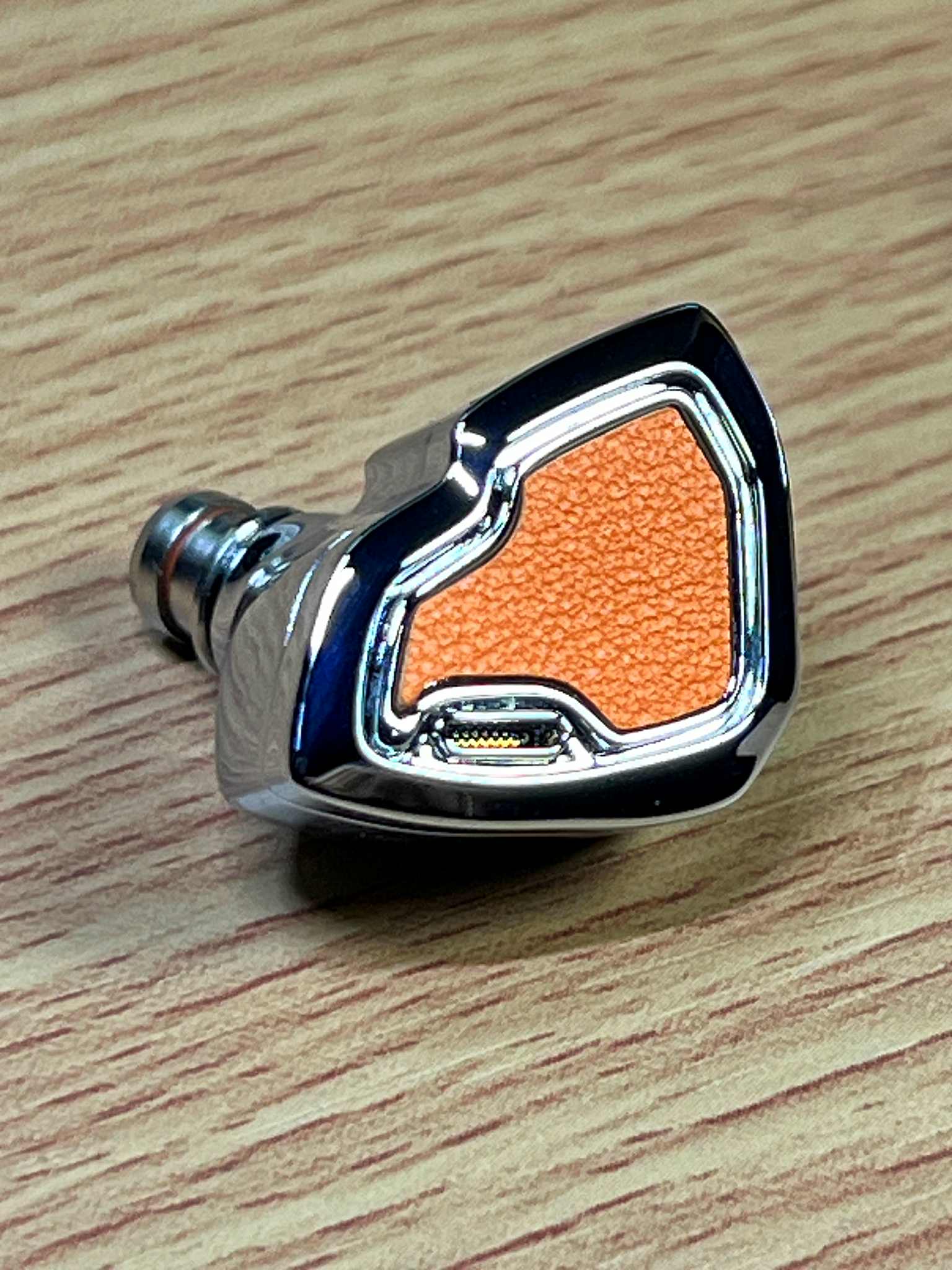
It’s a bit unexpected at first glance, but honestly, it works. It doesn’t just look cool it actually feels intentional. The combination of polished zinc alloy and that faux-leather finish gives it a unique tactile character that stands out in a sea of resin and glossy plastic IEMs. It feels solid in the hand, looks modern, and wears surprisingly well for its shape. It’s the kind of design move that could’ve easily felt gimmicky, but here, it just feels fresh and refreshingly different from the usual crowd, typical Hidizs move.

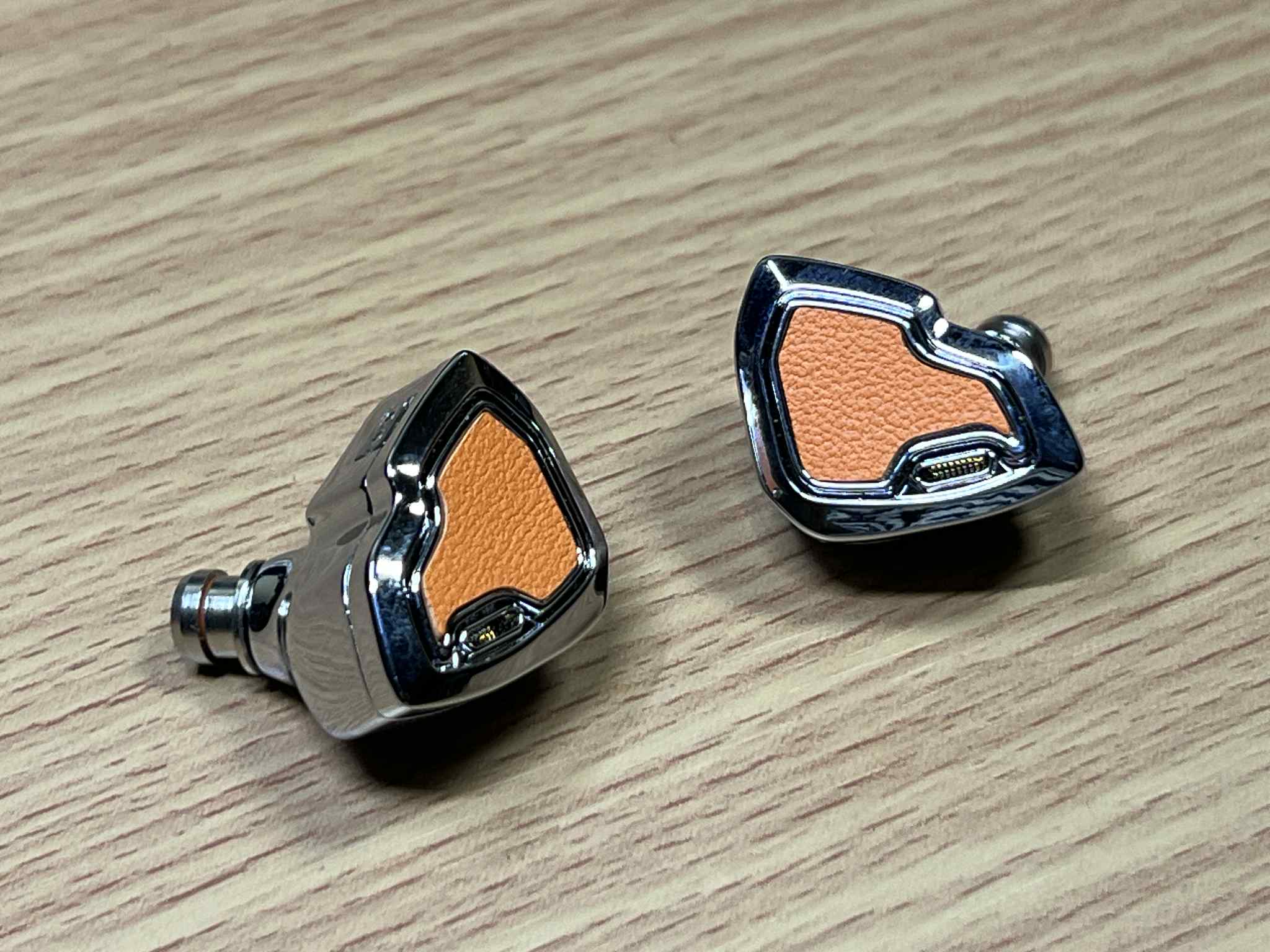
The MS2 Pro features a classic hybrid setup, one dynamic driver handling the lows and mids, paired with one balanced armature taking care of the highs. Nothing overcomplicated, but well-executed. The drivers are housed inside a solid zinc alloy shell with what look like a vent covered by gold mesh on the bottom part of the faceplate, its polished to a mirror finish that gives it a clean, almost industrial look. Despite the all-metal construction, it’s surprisingly light and compact, making it easy to wear for long sessions without any discomfort or pressure buildup.
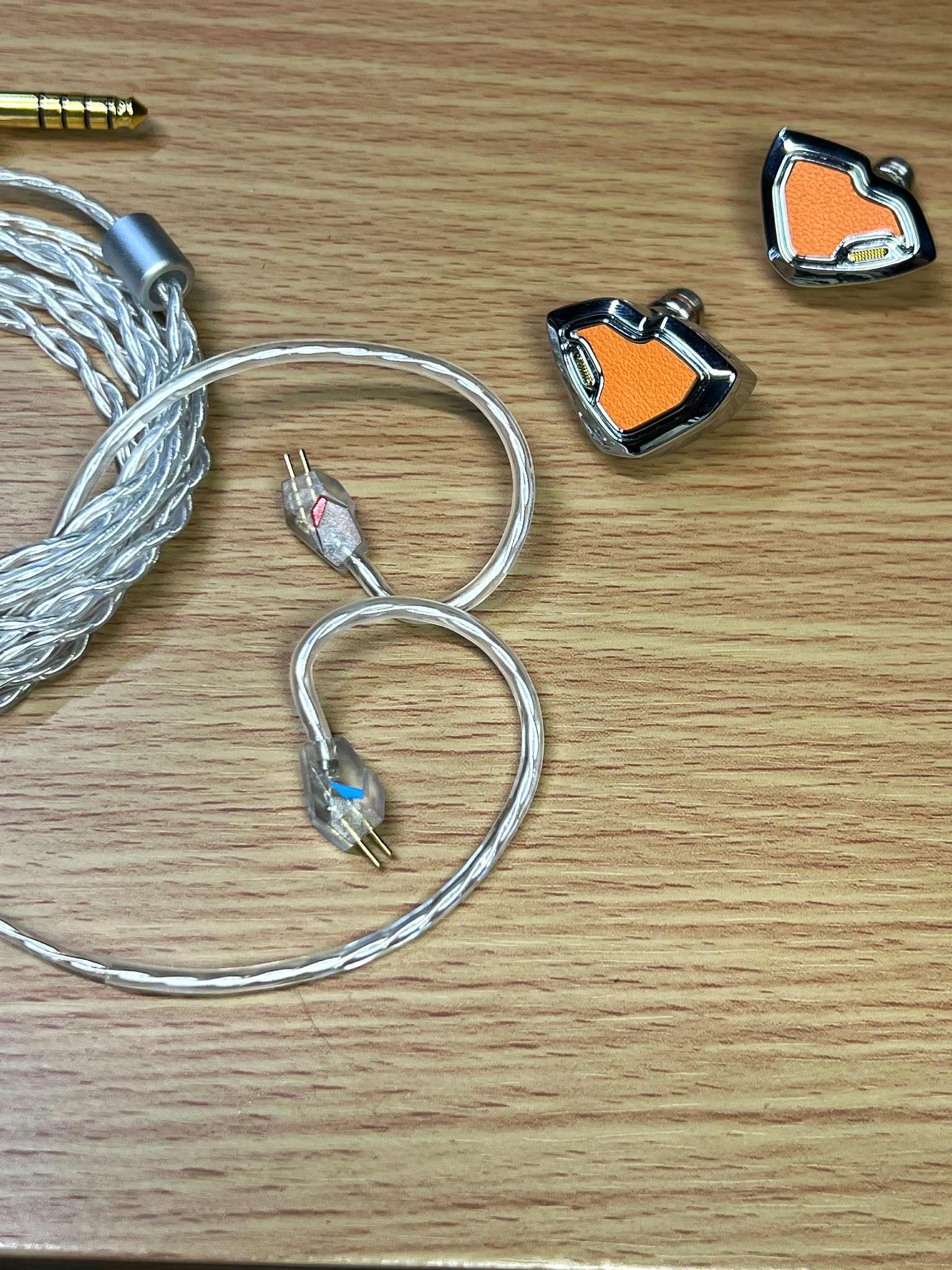
It uses a 0.78mm 2-pin connector, which is always a plus for easy cable swapping, and comes with either a 3.5mm or 4.4mm cable, depending on your setup. The cable included is a silver-plated OFC hybrid, and while not boutique-grade, it's flexible, soft, but it does tangle easily definitely needs untangling every time i get it out of the pouch.
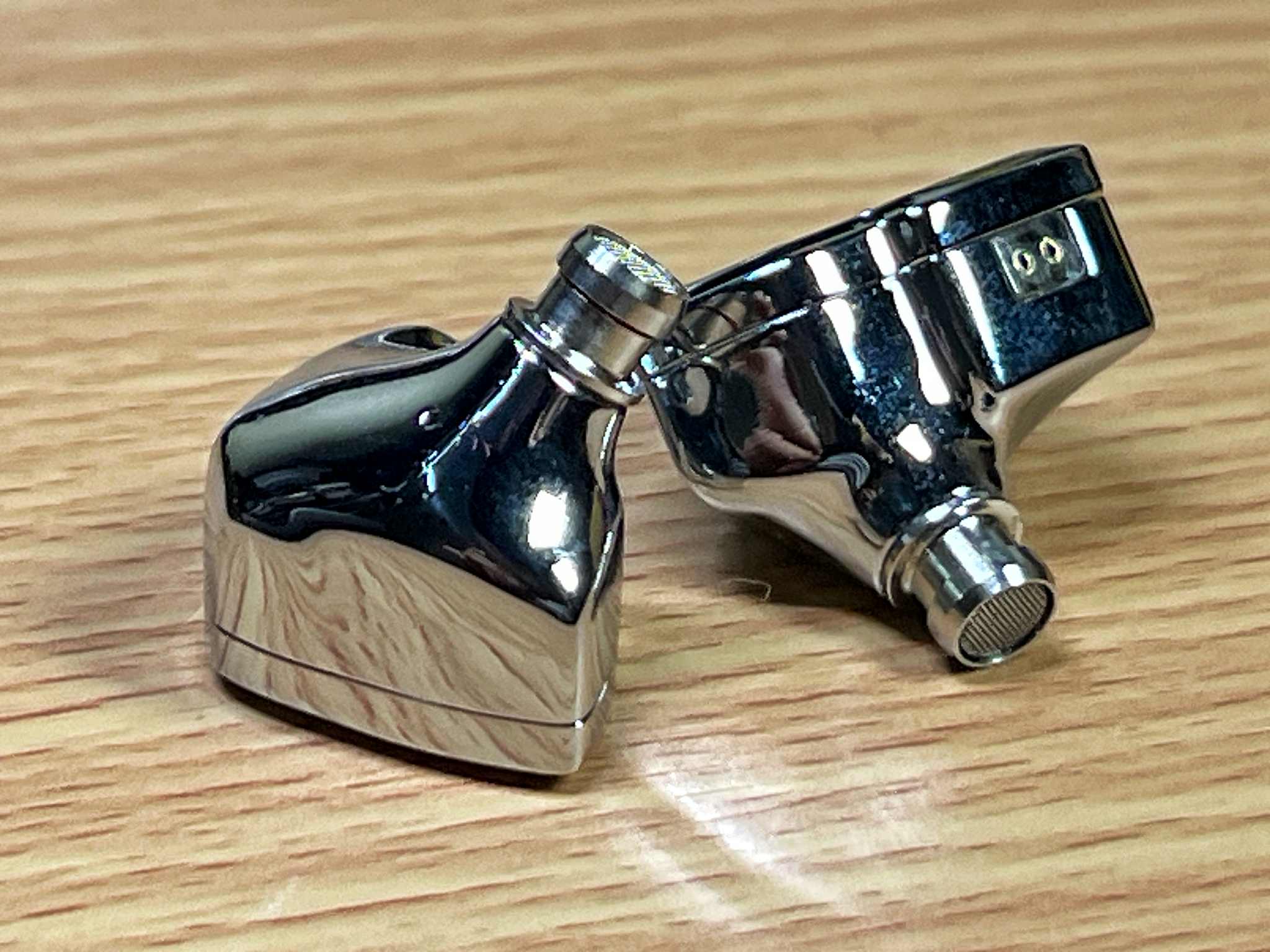
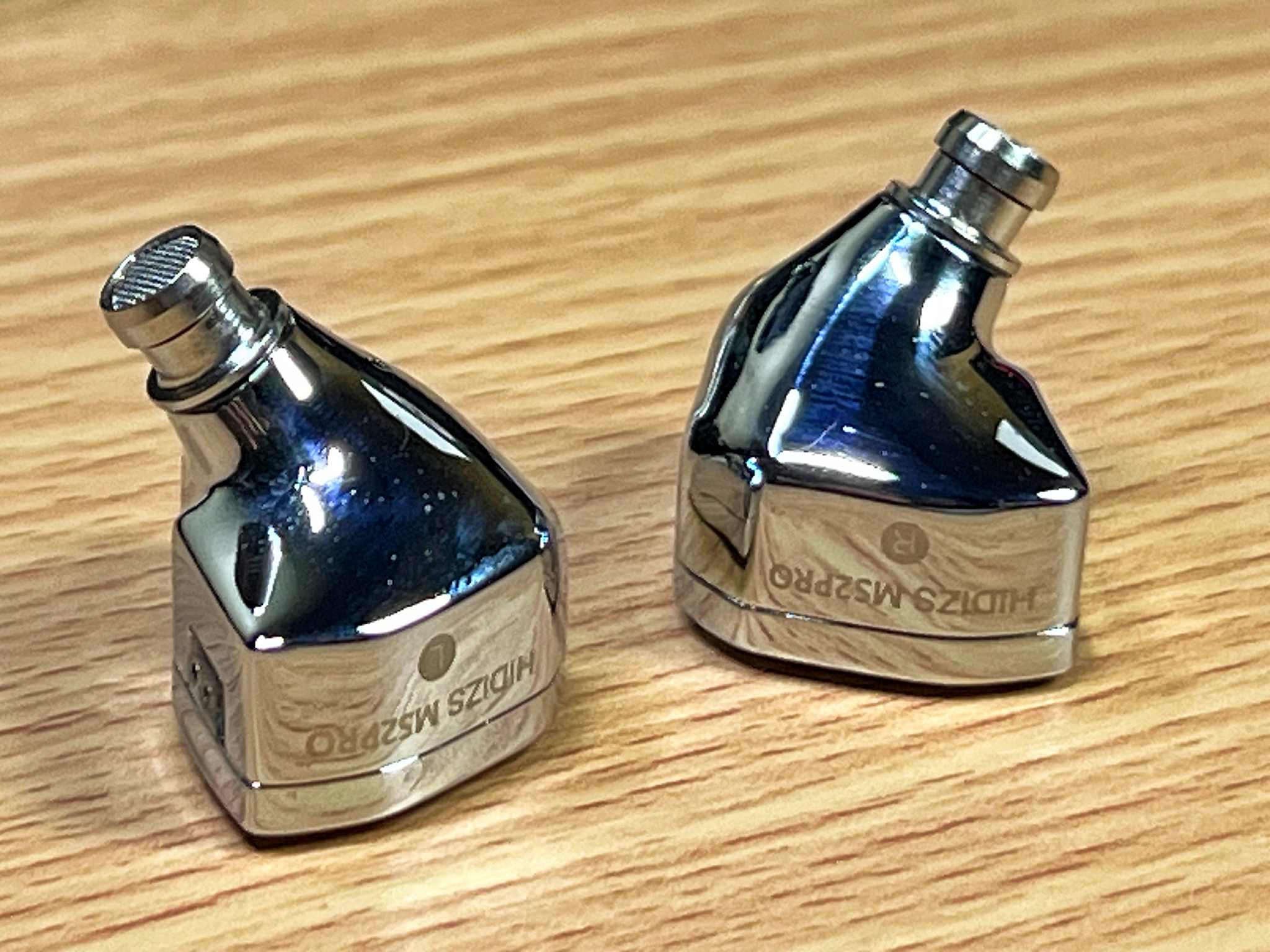
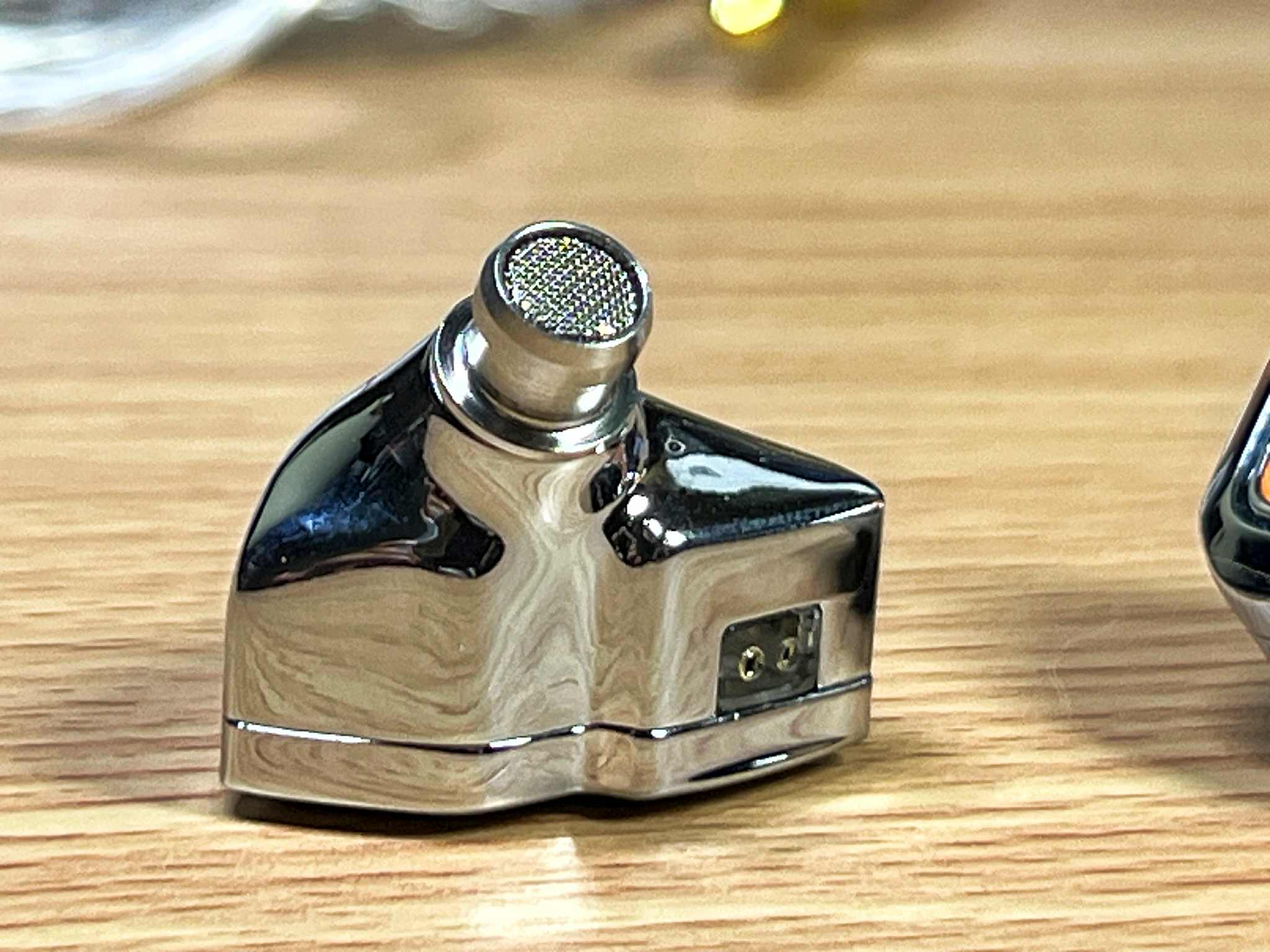
In terms of build, it holds up well against the MK2 Turris same solid construction, same durable feel but the MS2 Pro is noticeably more ergonomic. The slightly smaller shell size and smoother contours make it a better fit for more ear shapes, especially if you have smaller ears or prefer a lower-profile fit.
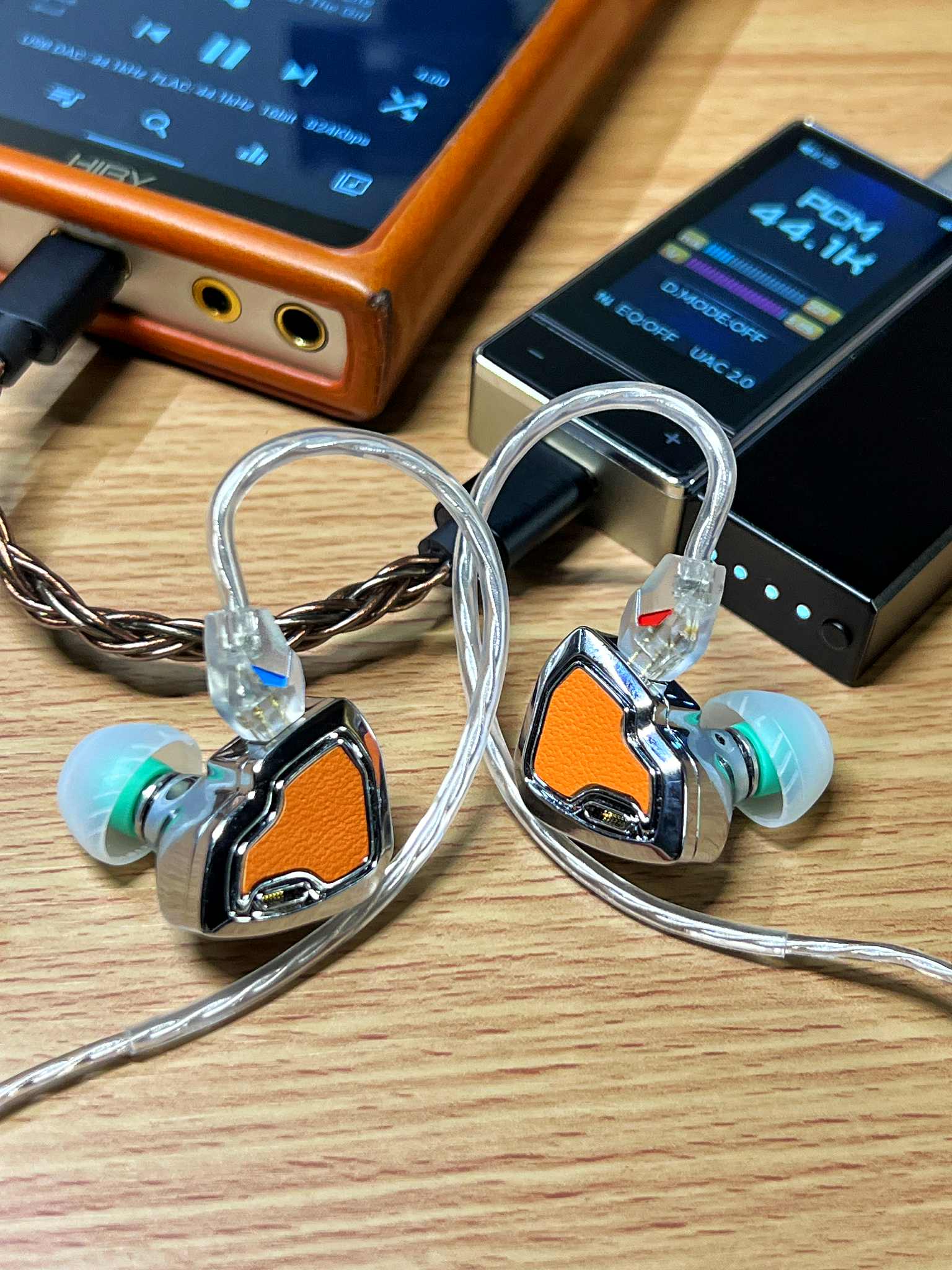
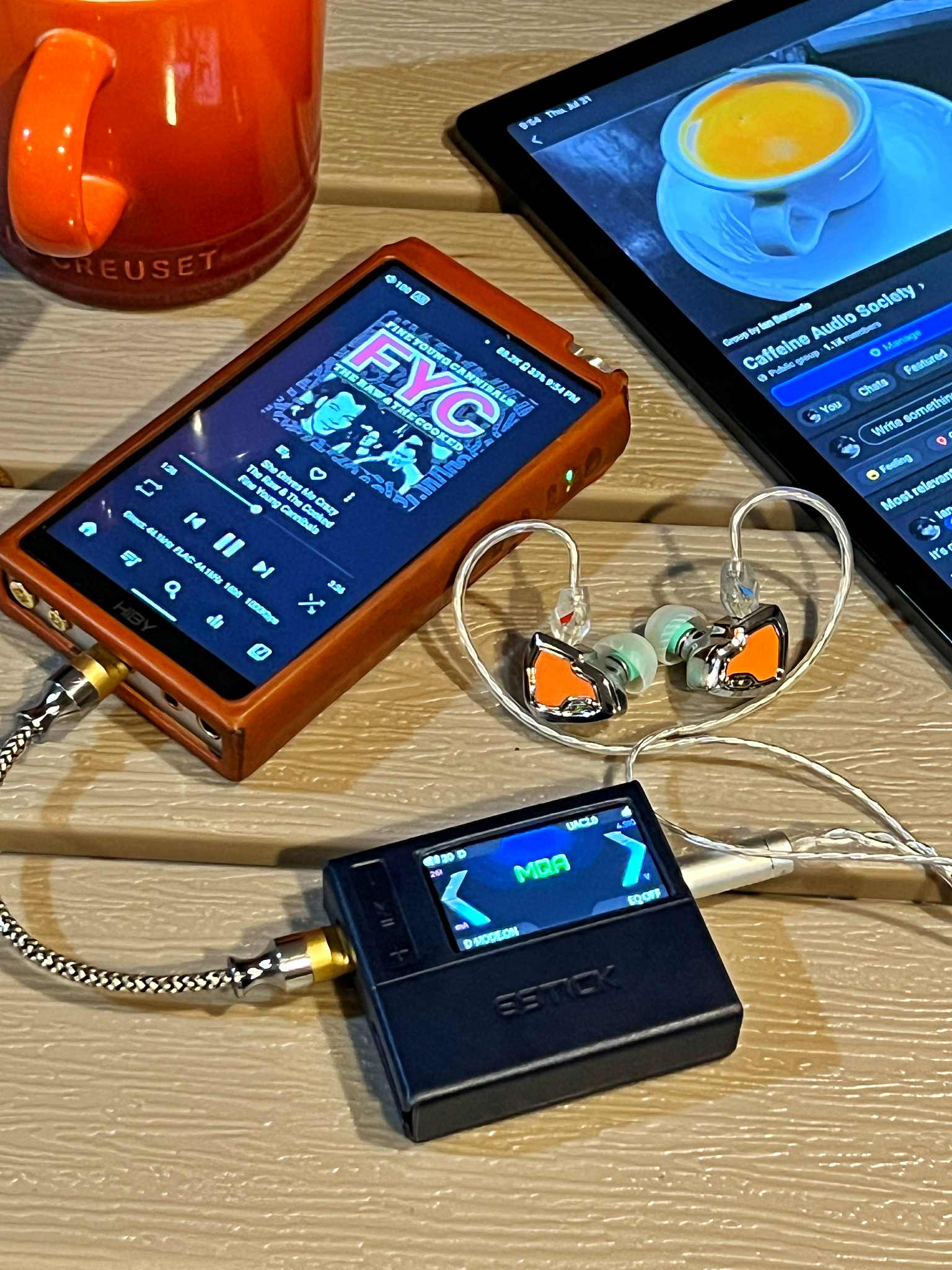
I’ve been running it mostly with the FiiO QX13, which, to be honest, is a bit overpowered for something like this. The MS2 Pro is rated at 17 ohms with 111dB sensitivity, so it doesn't take much to drive it well. Even a basic dongle will do fine, but pair it with a cleaner, more resolving source like the QX13, and it opens up nicely. You get tighter bass control, cleaner layering, and more air up top. It’s one of those IEMs that scale just enough to make your gear choices matter, without becoming picky or source-dependent.
Whats in the box? check out my short unboxing video of the Hidizs MS2 Pro.
ACCESSORIES: Mostly Good, Minor Gripe
In the box:
3x tuning nozzles (Balanced, Treble, Bass)
3 pairs of balanced (black) silicone tips
3 pairs of high-frequency (white) silicone tips
3.5mm or 4.4mm silver-plated OFC cable (user selectable)
Soft pouch
Manual and warranty card
My only gripe? The pouch. For a metal IEM, a soft bag just doesn’t cut it. I’d gladly pay a little extra for a decent hard case. These deserve better protection.
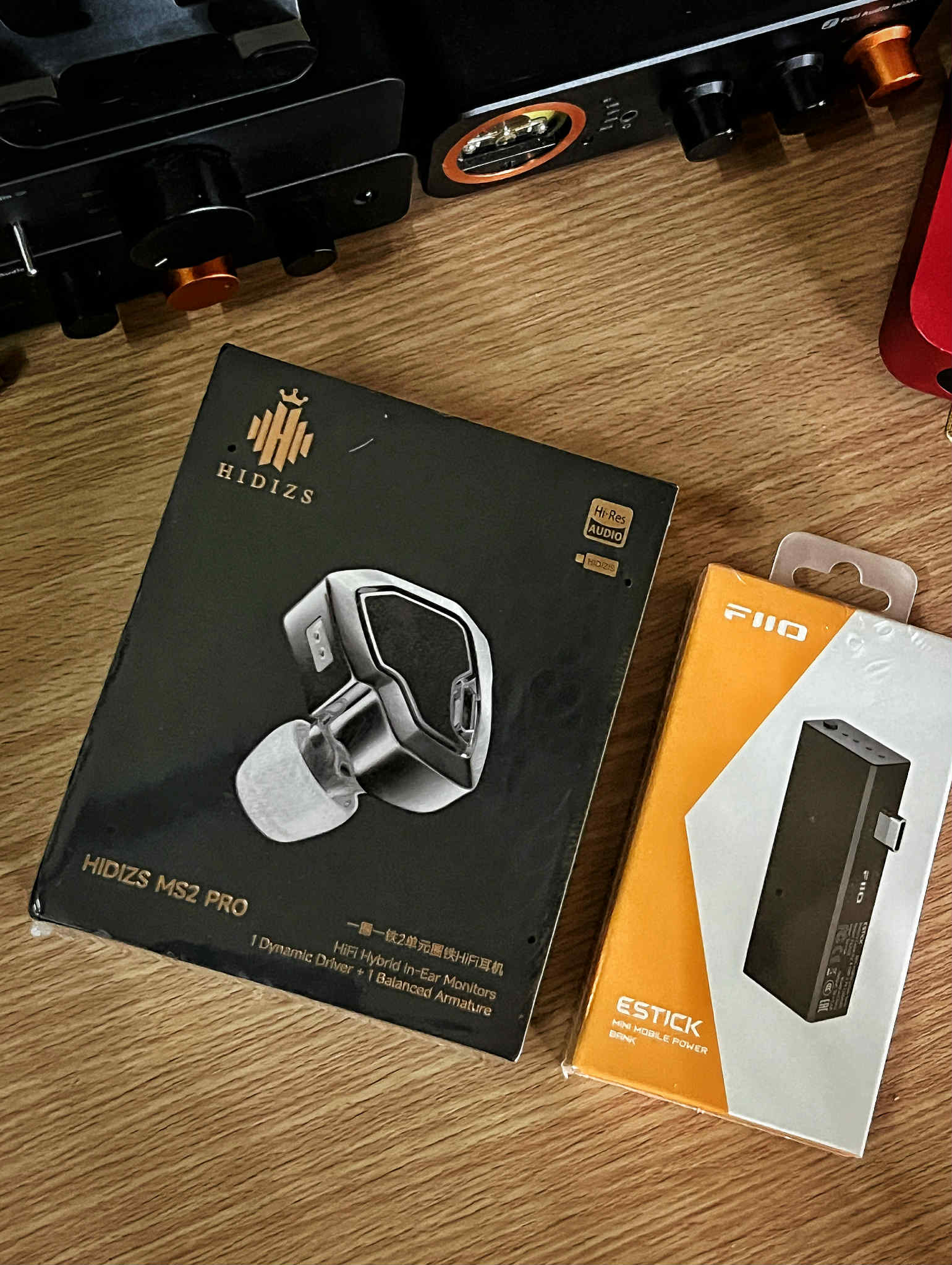
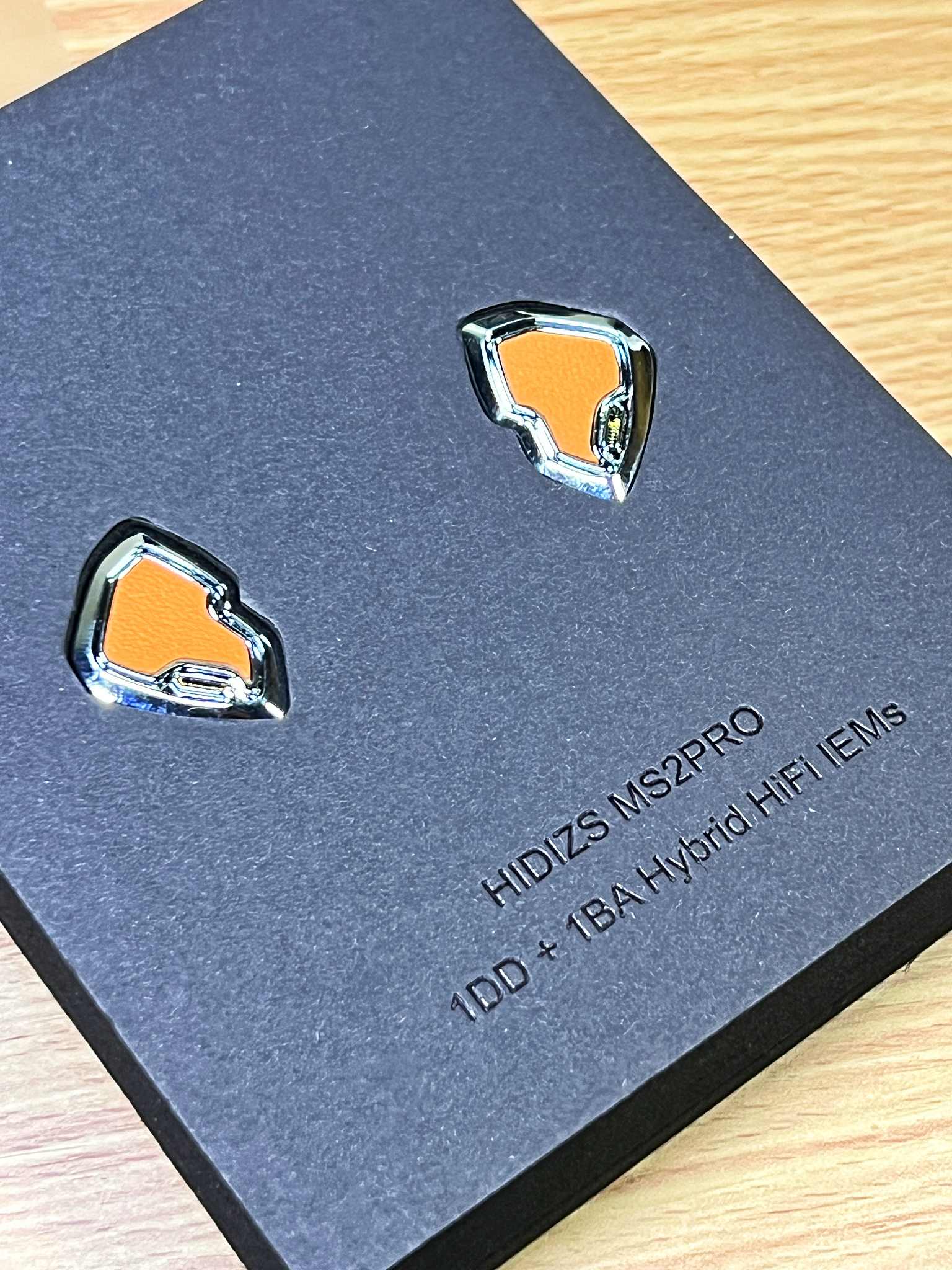
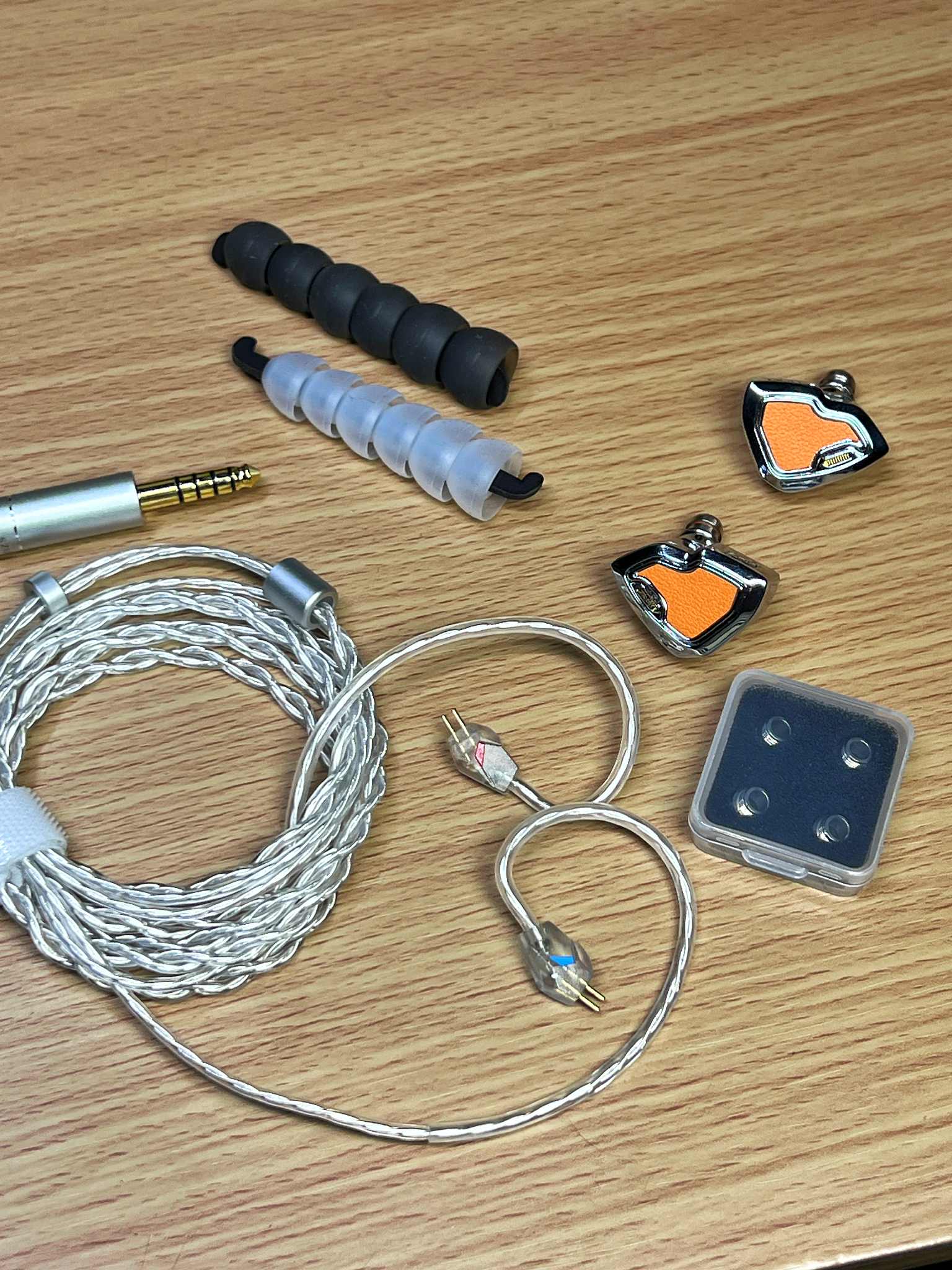
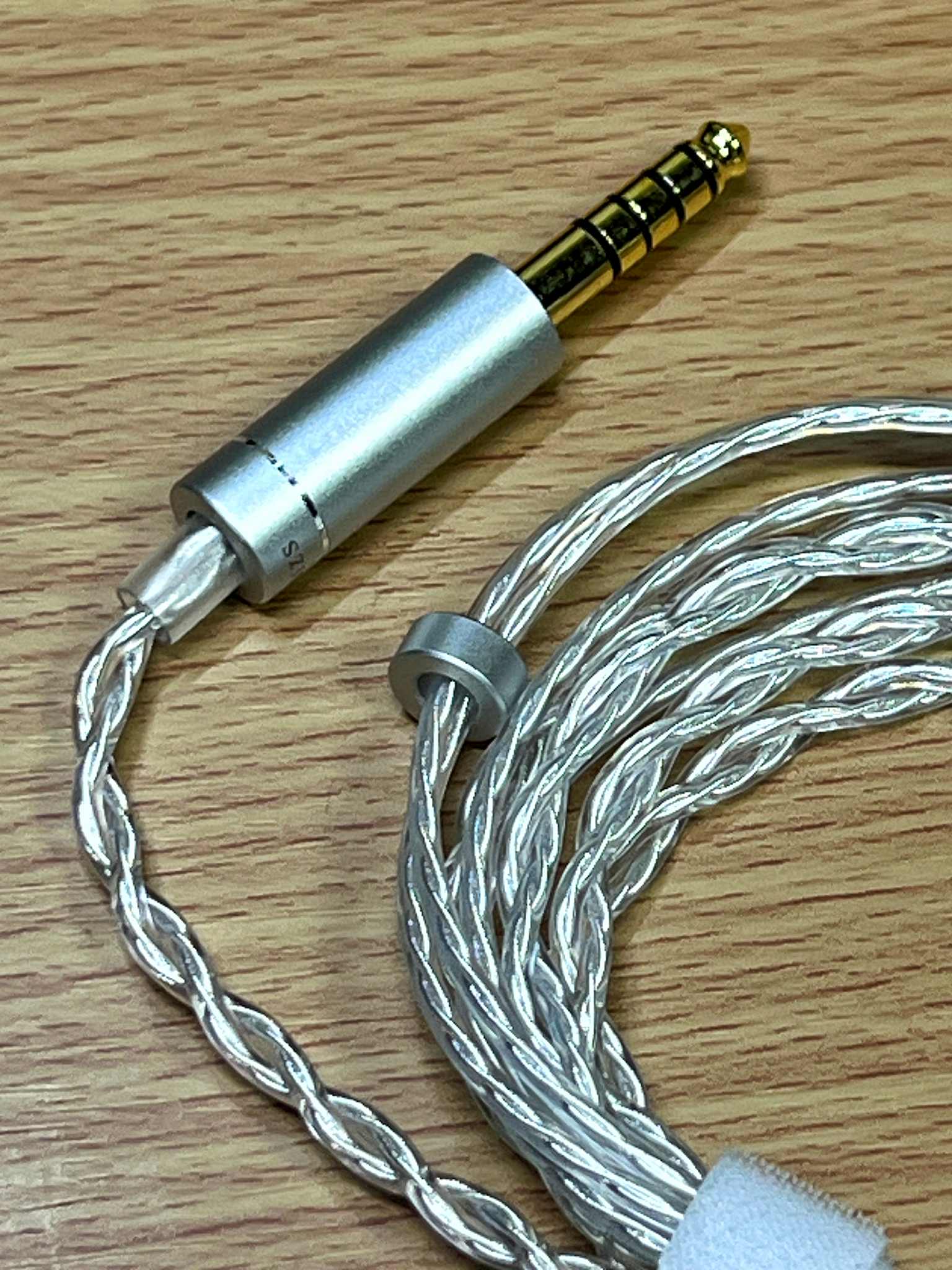
SOUND OVERVIEW:
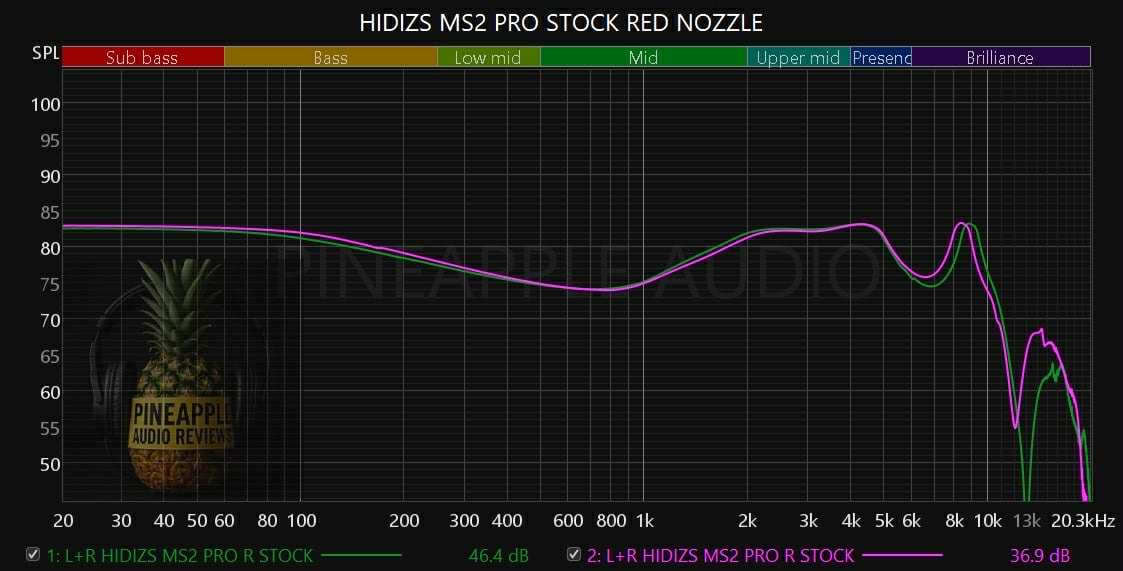
The MS2 Pro leans into that “fun tuning” territory but it does it with control and a bit of finesse. This isn’t one of those overly bassy, scooped-out sets that tries too hard to sound exciting and ends up muddy or shouty. Instead, it’s got a balanced kind of fun the kind that lets the bass hit hard when it needs to, keeps vocals forward and present, and adds a generous amount sparkle up top but still keep things lively without tipping into fatigue.
Worth noting also that Hidizs and Kefine seem to share a similar tuning philosophy, both go for that musical, engaging sound with just the right dose of technicality and detail. It’s that sweet spot where you get some clarity and definition without killing the fun.
It’s not trying to be neutral or reference-grade, and that’s honestly a good thing here. This is an IEM made to be enjoyed, not dissected. It doesn’t flatten your music or sterilize it with over-analytical tuning. You get a warm, full-bodied sound that’s engaging right away perfect for long casual listening sessions.
But make no mistake, just because it’s musical doesn’t mean it’s sloppy. There’s still a good level of clarity and definition, especially in the upper midrange and treble. Instruments have space to breathe, vocals come through cleanly, and you can pick up details in the mix. Its got enough resolution to keep things interesting, but never so clinical that it drains the life out of your music.
I based this sound impression using the default red tuning nozzle.
BASS
If you’re coming from the MK2 Turris, the first thing that’ll grab your attention is the bass weight it’s a noticeable step up. The MS2 Pro brings more low-end presence across the board. Subbass digs deeper and hits with more authority, It’s the kind of bass that adds atmosphere and depth without turning the whole signature into a muddy mess.
There’s a real sense of physicality here. The bass is thicker and fuller, but it still stays clean. It doesn’t smear into the midrange, which keeps vocals and instruments nicely separated. Midbass is tighter than you’d expect for something this fun it punches with speed and control, not bloated or boomy. You get a nice bit of warmth, too, which adds some weight and texture to instruments. Kick drums hit harder, bass guitars have more grit and body, and synth lines carry that satisfying buzz.
Compared to the Turris, which is more reserved and leans toward a smoother, darker low-end, the MS2 Pro feels more alive. The Turris keeps things clean and balanced, but lacks the visceral slam and dynamic energy you get here. The MS2 Pro doesn't hold back it throws weight and punch when the track demands it, but still knows when to tighten up and not overstay its welcome.
If you listen to EDM, jazz-funk, hip-hop, or anything groove-heavy, the MS2 Pro just hits harder and feels more engaging. It's a bass tuning that doesn’t just check boxes it makes you nod your head and reach for the volume knob. Fun, full-bodied, and well-executed.
MIDRANGE:
The lower mids are warm and full, but not overly thick. Instruments like acoustic guitars, stand up bass, and male vocals carry a natural timbre with a bit of warmth that adds weight without sounding congested.
The upper mids have some lift, giving female vocals and snare hits some edge and presence. There’s a bit more energy here compared to the MK2 Turris, which has a smoother, more laid-back midrange. The MS2 Pro pushes vocals slightly forward, especially female vocals, which sound vivid and intimate. Depending on the track, it can edge into a slightly spicy zone, but it rarely crosses into harshness.
But with the white nozzle, the upper mids can get shouty or borderline spicy on certain tracks. Sibilance doesn’t plague it constantly, but it’s something to watch out for, especially if you're sensitive to brightness. Tip rolling and swapping nozzles (red or black) can help tame it, but out of the box, it’s definitely tuned for liveliness, not smoothness.
If the MK2 Turris feels safe and polite, the MS2 Pro leans a little more daring and expressive in the mids.
TREBLE:
Crisp, airy, and tilted toward detail, that’s the treble on the MS2 Pro. It extends well without rolling off early, which gives the sound a sense of openness and sparkle. Cymbals sound sharp and snappy, not dull or splashy. There's good speed here too, so complex tracks don't get muddy or smoothed over.
But just like the upper mids, the treble can border on too energetic if you're playing something that's already bright. Depending on tips, tracks, and even your source, it can occasionally sound peaky or a bit dry. It’s not a dark or relaxed treble by any means. it’s tuned to give you clarity and bite.
TECHNICAL PERFORMANCE
Imaging and Separation
One of the standout upgrades on the MS2 Pro is the imaging. It places instruments with more accuracy and space between them. Layering is more distinct, and complex tracks don’t fall apart or smear.
The MK2 Turris does decently here, but the MS2 Pro feels more effortless. The tuning and the more energetic top end help bring out those micro-details and define spaces between instruments more clearly.
Soundstage
The soundstage is wider and deeper on the MS2 Pro. You get a more spacious presentation with better sense of room. It's not just left and right—it has a slight forward depth and verticality that helps create an immersive experience.
The Turris, in comparison, sounds more “in your head.” Not bad, just more confined. The MS2 Pro feels like the stage opened up a few feet in all directions.
Resolution and Detail Retrieval
Not surprisingly, the MS2 Pro also edges ahead in raw resolution. Details in vocals, string textures, ambient effects, and reverb tails are more apparent. Not reference-level, but very respectable for a mid-budget hybrid.
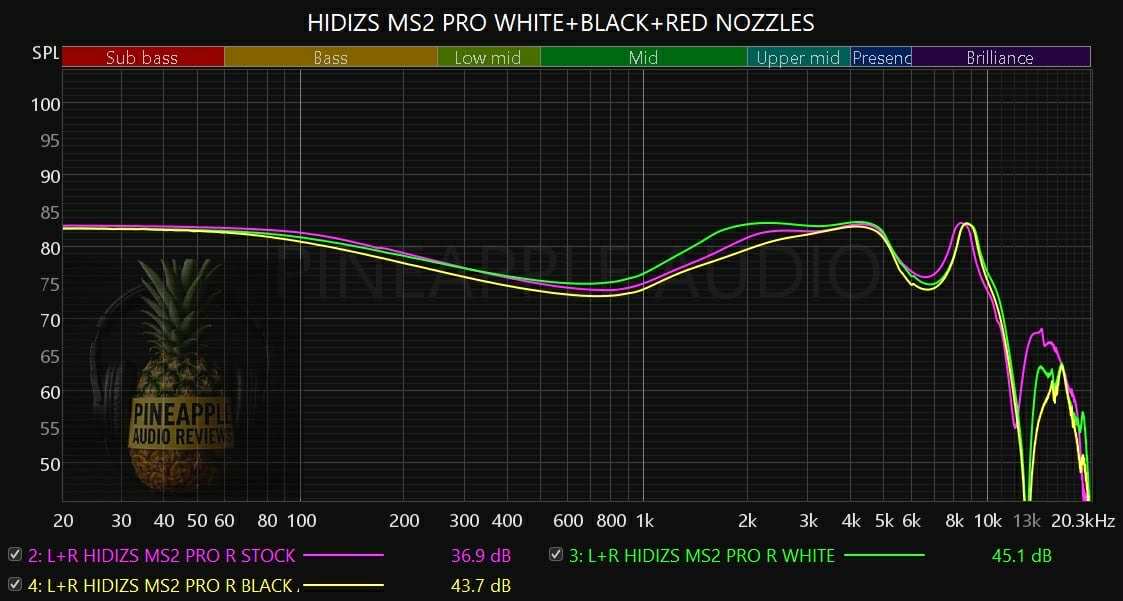
Tuning Nozzle Comparison: Red, White, and Black
MS2 Pro like most of hidizs recent releases also comes with three tuning filters—red, white, and black—which screw directly into the nozzle and subtly shape the sound. These aren’t drastic changes, but they do shift the overall balance enough to suit different preferences or genres. I spent time A/B-ing all three, and here’s how they stack up.
Red Nozzle (Bass Filter) My nozzle of choice.
Warm, thick, and full-bodied.
If you like your music with extra weight down low, the red nozzle is the go-to. This one boosts the subbass and midbass, giving the MS2 Pro a more powerful low-end presence. You get that satisfying rumble and slam, especially in electronic, hip-hop, and cinematic tracks. The midbass hits with more punch, and there's a bit more warmth bleeding into the lower mids, which can make male vocals and instruments feel richer but also a bit more bloated in some cases.
Trade-off: The extra bass takes up more space in the mix, which slightly rounds off the treble and softens the airiness. Resolution and clarity are still decent, but the overall presentation feels warmer. Great for bass lovers or anyone who listens at lower volumes and wants that low-end fullness.
White Nozzle (Treble/Clarity Filter)
Crisp, airy, and more detailed.
The white nozzle is for those who want more top-end sparkle and openness. Treble gets a noticeable lift here—cymbals shimmer brighter, vocals sit higher in the mix, and you get an overall cleaner, more energetic sound. The bass tightens up too; subbass is still present, but not as dominant as the red filter. Midbass is leaner, with faster decay, giving everything a slightly more spacious and precise feel.
This combo brings out the MS2 Pro’s technical chops—better imaging, separation, and detail retrieval. But if you're treble-sensitive or listening to poorly mixed tracks, this can push the upper mids and lower treble into spicy territory. Female vocals in particular can get a little hot depending on the track.
Best for: acoustic, classical, jazz, or anyone chasing detail and air.
Black Nozzle (Balanced Filter)
Nicely balanced across the board.
The black nozzle offers a middle ground between the red and white. Bass is still impactful but more controlled than the red. Treble has a bit of sparkle, but it’s smoother and less edgy than the white. Mids are a touch forward, with good body and clarity, and the overall presentation is musical but still fairly resolving.
If you don’t want to fuss around or if you listen to a wide variety of genres, this one strikes the best balance. It doesn’t exaggerate any part of the spectrum, and that makes it the most versatile of the three.
Great for: all-around use, vocal-centric tracks, or if you just want to hear the “intended” tuning out of the box.
Final Thoughts
Red nozzle = bass mode. Fun, warm, but trades some clarity.
White nozzle = detail and air. Great for analytical listening or brighter genres, but can be fatiguing at times.
Black nozzle = safe, versatile, and balanced. The most natural all-rounder, less fun

If you’re into tip and source rolling, the nozzles just add another layer of personalization. It’s a simple but meaningful way to tune the MS2 Pro toward your preferences, and honestly, more IEMs in this price range should include this level of flexibility.
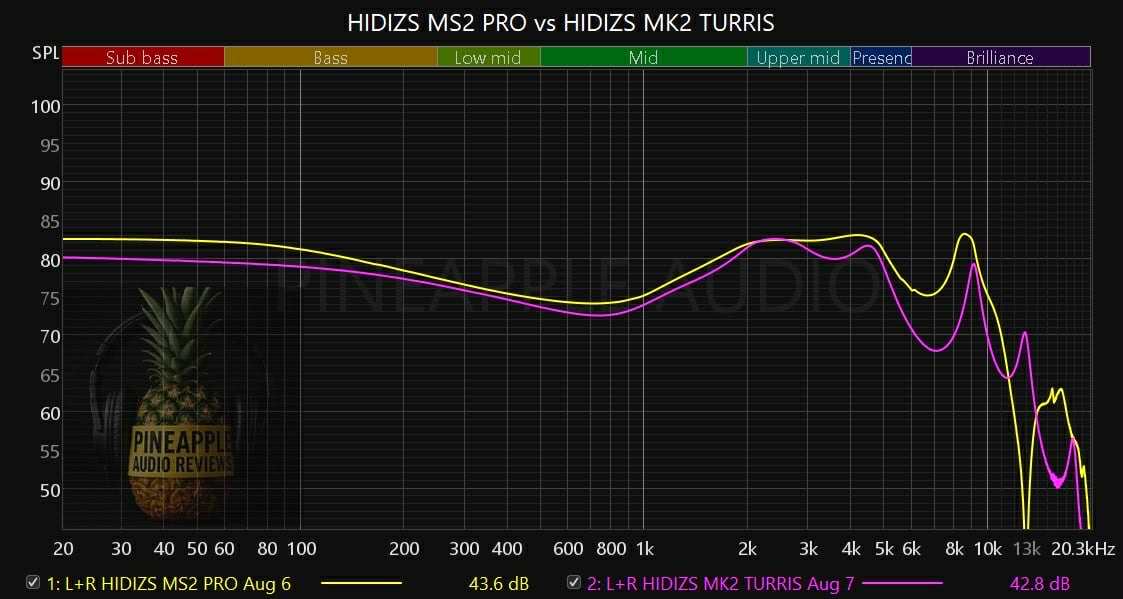
Versus the Hidizs MK12 Turris.
Go for the MS2 Pro if:
You want a more exciting, dynamic sound
You listen to bass-heavy, vocal-centric, or energetic genres
You appreciate treble sparkle and wider staging
You want something more stylish and ergonomic
Stick with the MK2 Turris if:
You prefer smoother, darker tuning
You’re treble-sensitive and like relaxed mids
You already enjoy its tonality and don’t need more energy
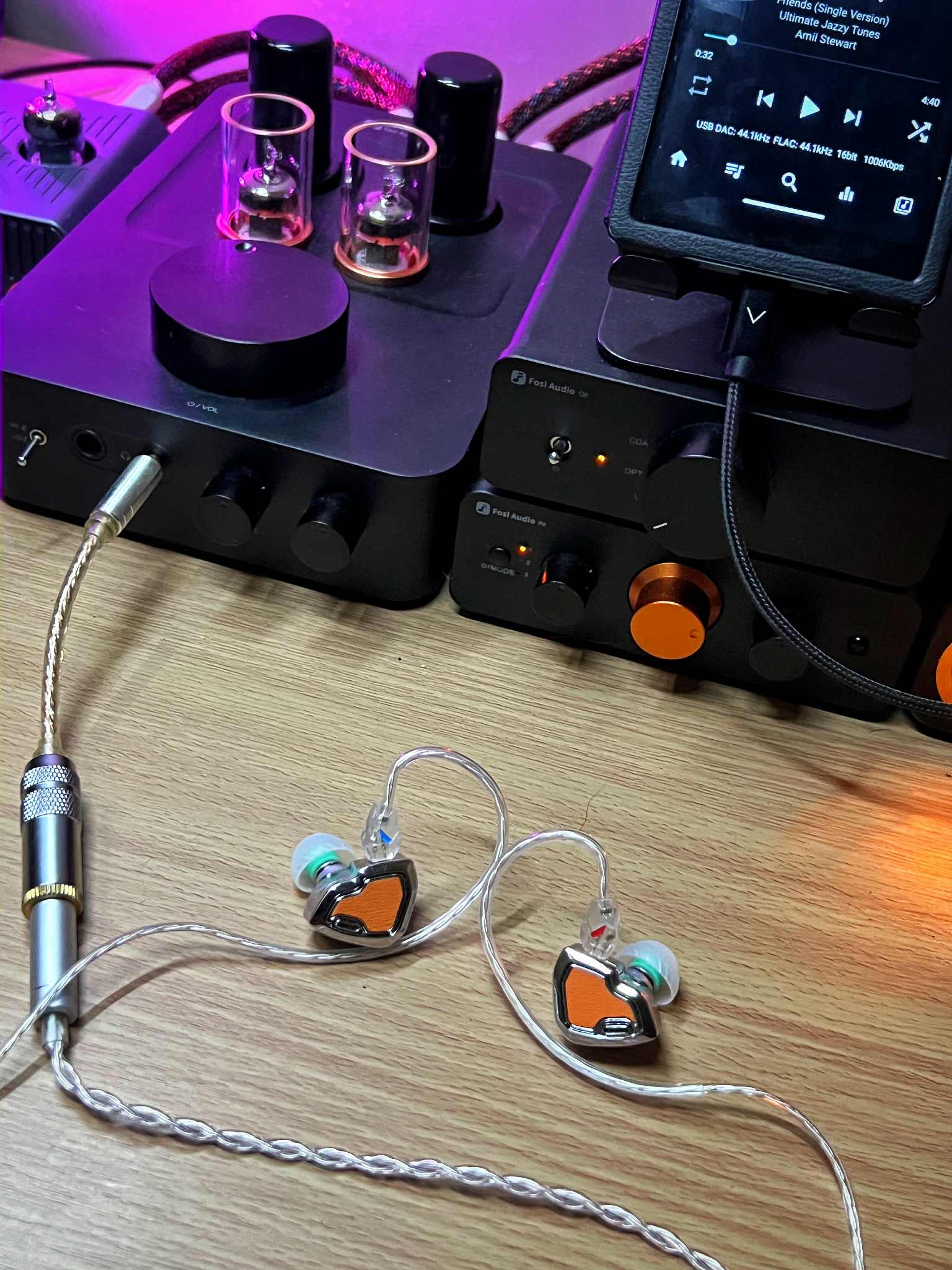
Final Thoughts:
The Hidizs MS2 Pro feels like a proper evolution of what Hidizs has been building toward, refining their house sound while still keeping things fun and engaging. Compared to the Turris, this one isn’t just a side-grade or a slight tweak it actually feels like a solid step forward. You get more bass slam, better clarity, improved technical performance, and a tuning that leans brighter and more energetic overall.
Tonally, it’s still very much in the realm of what makes Hidizs tuning appealing balanced but lively, with enough detail to keep critical listeners happy, but still musical enough to enjoy casually. The tuning choices show more confidence here: there’s a boldness in how the upper mids and treble are pushed, giving the MS2 Pro a sense of energy and space that the Turris didn't quite pull off.
Build-wise, it’s gorgeous. The faceplates look premium without being overdesigned, and the shells are lightweight but feel sturdy. Fit is comfortable too even after long listening sessions, no hot spots or weird pressure points. And for a hybrid at this price point, it feels like they actually cared about the whole package not just the driver config.
What really makes the MS2 Pro stand out in the budget hybrid crowd is how it balances performance and personality. It doesn’t try too hard to sound “reference,” nor does it go full V-shaped. It sits in a sweet spot enough bass to satisfy, enough detail to impress, and a tuning that’s not afraid to show a bit of character.
For the price, it punches well above its weight. In a sea of safe-tuned budget sets, the MS2 Pro feels like one of the more exciting releases lately not just from Hidizs, but in the budget hybrid space in general. If you want something that’s technically solid but still fun to listen to, this one delivers.
- Get link
- X
- Other Apps
- Get link
- X
- Other Apps
Comments
Post a Comment